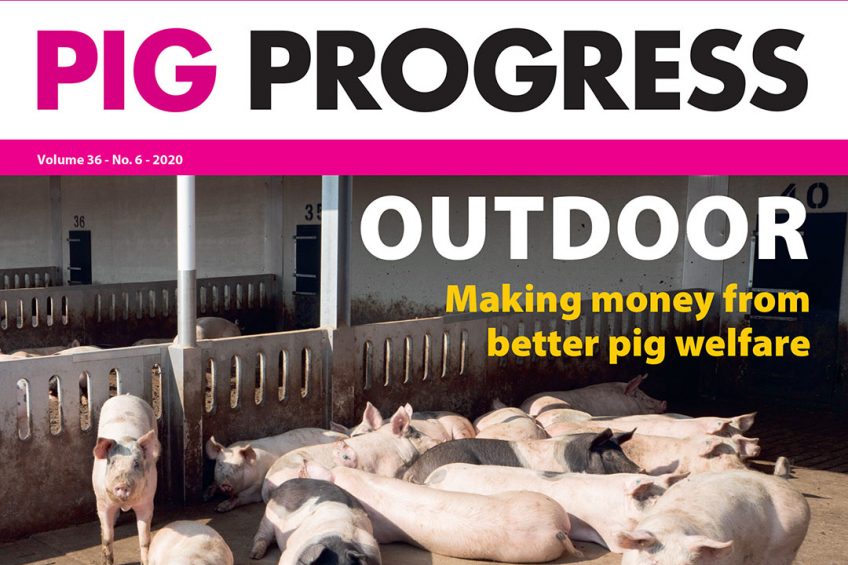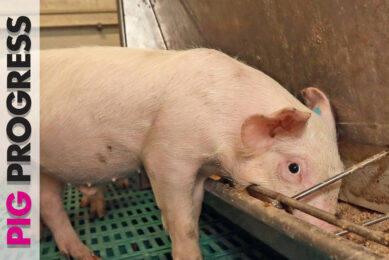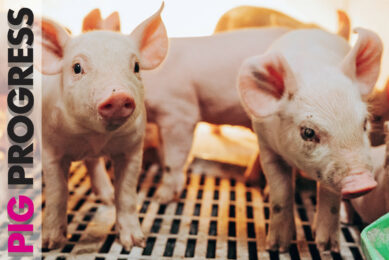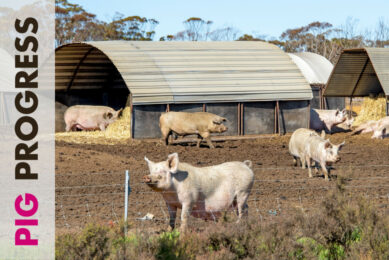Pig welfare, feral pigs and ASF in Pig Progress 6

In the 6th edition of Pig Progress we visit a farm in the Netherlands where prioritising pig welfare proves to be profitable. We take a closer look at the ASF outbreak in Belgium and Poland and discuss the growing number of feral pigs (wild boar) in the US and Canada, where control of the population is a challenge.
Controlling feral pigs in the US and Canada
There is an enormous, growing population of feral pigs in the US and Canada, and while African Swine Fever has not yet been detected in North or South America, just one case could spread very quickly. Control of the population in both countries has proven fruitless so far. Page 6
African Swine Fever in Belgium – a look back
Belgium hopes that by autumn 2020, the country can declare a “free from ASF” status. African Swine Fever took Belgium by surprise in September 2018 when it was detected in wild boar. Page 8

ASF, a growing problem for Poland
The number of cases of African Swine Fever continues to rise in Poland, a country struggling to get to grips with the virus. The current situation poses a serious threat for the rest of northwestern Europe. Page 12

Lean solution to fatten profits on pig farms
The EU PiG Innovation Group aims to discover and share best practices and innovations in swine production in Europe. In this episode we look at the 5S Lean Programme, a simple innovation that can have a significant impact. Page 15

The journey to make money from pig welfare
Owner of Ten Have farm in the Netherlands, Annechien ten Have-Mellema, has embarked on a journey to disprove the theory that consumers will always choose cheap pork over premium pork. Page 18

Oyster mushroom: A diarrhoea remedy for piglets
Researchers at a university in China have found supplementing piglet diets with oyster mushrooms resulted in a better immune response and a healthy gut, contributing to a reduction in the incidence of diarrhoea. Page 22

Mitigating viruses in pig feed
In 2014, it became known that viruses were being transmitted in feed. In this article we look at what has been discovered and awareness to action. Page 24

Four good reasons to rethink genetic selection
Genetic selection has caused an ever-growing increase in the number of pigs born alive. Other important factors in pig production have, however, been overlooked, including pre-weaning mortality, and Hernias and other genetic defects. Is it time for a fundamental rethink? Page 26

Your input on castration
A 2016 survey revealed that more than 80% of male pigs are castrated, and only 5% of this castrated population received anaesthesia and analgesia. We would like your input. Page 30
To read the full articles, simply click on the digital magazine section and then on Pig Progress 2020-6. Registration is free.
[View Pig Progress digital magazine] button











